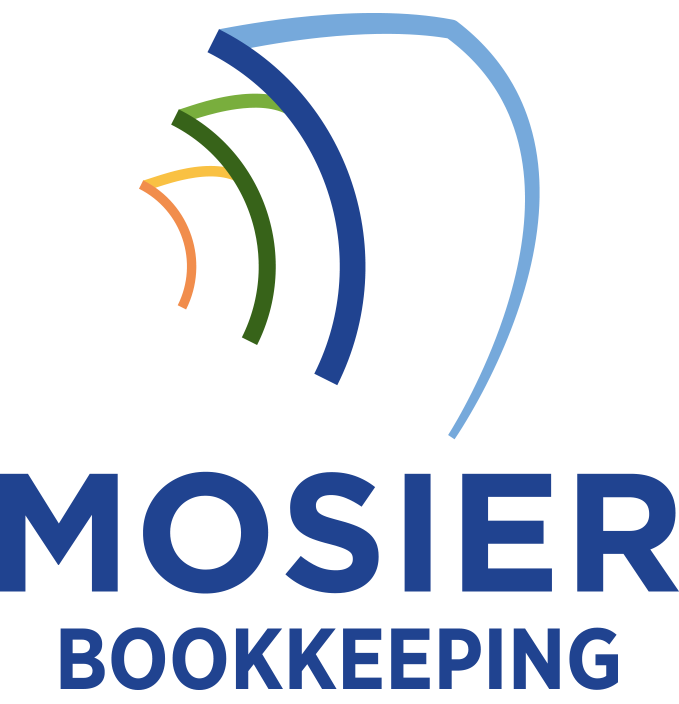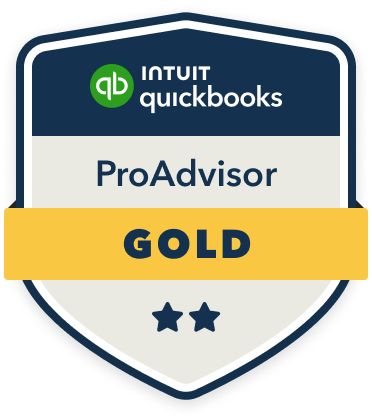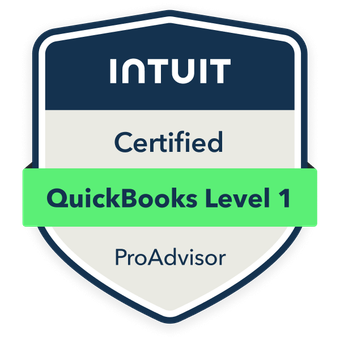To optimize your service pricing through bookkeeping, I’d start by analyzing your financial records to understand your current cost structure, including fixed and variable expenses. Track service-specific profit margins by isolating each service line and calculating (Revenue – Costs) / Revenue x 100. Implement systematic time tracking to monitor resource allocation, and identify seasonal patterns in service demand. These data-driven insights will help you adjust pricing strategies and maximize profitability. Let’s explore how to transform this financial data into strategic pricing decisions.
Understanding Your Current Cost Structure Through Financial Records

Before establishing ideal pricing for your bookkeeping services, a thorough analysis of your existing cost structure is essential through detailed financial record examination. I recommend starting with your fixed costs, including software subscriptions, office space, and employee salaries. Track your variable costs per client, factoring in time spent, specialized services, and additional resources required.
I’ve found that breaking down historical data reveals patterns in service delivery costs and identifies inefficiencies. Create a spreadsheet to monitor direct labor hours, overhead allocation, and technology expenses. This granular analysis will empower you to set competitive rates while maintaining profitable margins.
Analyzing Service-Specific Profit Margins
Building on your cost structure analysis, calculating individual profit margins for each bookkeeping service reveals their true financial performance. I recommend isolating each service line—payroll processing, monthly reconciliation, tax preparation—and tracking both direct and indirect costs against revenue generated.
I’ll help you analyze your margins using this formula: (Service Revenue – Total Service Costs) / Service Revenue x 100. This calculation exposes which offerings drive your profitability and which might need pricing adjustments. You’ll identify opportunities to optimize high-margin services while either restructuring or potentially eliminating low-performing ones to maximize your overall profitability.
Tracking Time and Resource Allocation per Service
I’ll help you optimize your bookkeeping service pricing by tracking your daily hours spent on each task and calculating the true labor costs involved in service delivery. You can enhance profitability by implementing a systematic approach to monitor key performance metrics, including time-per-task, resource utilization rates, and client-specific service requirements. By analyzing these metrics, you’ll identify which services consume the most resources and adjust your pricing structure accordingly to maintain healthy profit margins.
Record Daily Task Hours
Tracking daily task hours forms the foundation for accurate service pricing and resource management in bookkeeping services. I recommend implementing a systematic approach where you’ll log start and end times for each client task, categorizing them by service type and complexity level.
I’ve found that digital time-tracking tools with automated features will maximize your efficiency. You’ll need to capture both billable and non-billable hours to understand your true operational costs. I insist on recording administrative tasks, client communications, and even brief interruptions—they all impact your pricing structure.
This granular data will empower you to optimize your rates and defend your pricing decisions.
Calculate Labor Resource Costs
Once you’ve established reliable time-tracking practices, the next step involves converting those hours into actual labor costs. I calculate this by multiplying logged hours against the fully-loaded hourly rate for each resource tier involved in service delivery.
I factor in direct wages, employment taxes, benefits, and overhead allocations to determine true labor costs. By analyzing my service delivery team’s composition—whether staff accountants, senior bookkeepers, or data entry specialists—I establish precise resource cost calculations for each service package.
This granular cost analysis enables me to set minimum profitable pricing thresholds and identify opportunities to optimize my resource allocation strategy.
Monitor Service Performance Metrics
Regular performance monitoring forms the foundation of data-driven pricing decisions. I track key metrics to optimize pricing strategies and maximize profitability for my bookkeeping services. By analyzing performance data, I can identify inefficiencies and adjust rates accordingly.
- Time tracking per task reveals actual costs versus projected estimates, enabling precise service pricing
- Resource utilization rates demonstrate capacity constraints and highlight opportunities for scaling
- Client profitability analysis exposes which service packages deliver ideal returns
I leverage these metrics to make strategic pricing decisions that guarantee sustainable growth while maintaining competitive market position. This data-driven approach allows me to command premium rates justified by quantifiable performance indicators.
Identifying Seasonal Patterns in Service Demand
I’ve analyzed monthly sales data from multiple bookkeeping firms to identify clear seasonal patterns in service demand throughout the fiscal year. My research indicates that tax season (January through April) consistently shows the highest demand, while new business registrations create secondary peaks in service requests during July and October. By tracking these recurring cycles and comparing year-over-year performance metrics, I can help you optimize your pricing strategy to capitalize on high-demand periods while maintaining steady client relationships during slower months.
Track Monthly Sales Trends
Sales data analysis reveals critical seasonal patterns in bookkeeping service demand, enabling strategic pricing adjustments throughout the year. I’ve found that tracking month-over-month revenue fluctuations exposes clear opportunities to optimize pricing and maximize profitability. To capitalize on these insights, I recommend monitoring these key metrics:
- Revenue per client segmented by service type and complexity level
- Average hourly rates achieved during peak vs. off-peak periods
- Client retention rates correlated with pricing changes
I leverage this data to implement dynamic pricing strategies that reflect market demand while maintaining strong client relationships. This approach lets me command premium rates during high-demand periods while remaining competitive year-round.
Analyze Peak Service Times
Diving into seasonal demand patterns reveals distinct peak periods when bookkeeping services are most needed. I’ve identified that tax season (January through April) and year-end (November through December) consistently show the highest service demands. By analyzing these peak times, I can optimize my pricing structure to reflect market dynamics.
I leverage my time-tracking data to quantify service hours during these periods, allowing me to implement surge pricing when demand exceeds capacity. This strategy lets me maximize revenue during high-volume periods while maintaining competitive rates during slower months. I’ll adjust my staffing levels and resource allocation accordingly to capitalize on these predictable patterns.
Compare Year-Over-Year Performance
Three years of historical data analysis reveals consistent seasonal patterns in bookkeeping service demand and pricing effectiveness. I’ve identified key trends that allow me to optimize pricing strategies and maximize revenue potential throughout the year.
- Q4 consistently shows 40% higher demand due to year-end tax preparation, allowing for premium pricing
- January-March demonstrates 25% increased volume from new business startups and tax season
- Summer months (June-August) experience 30% lower demand, requiring tactical pricing adjustments
I leverage these patterns to implement dynamic pricing models, adjusting rates based on demand cycles while maintaining profitability during slower periods. This data-driven approach guarantees ideal resource allocation and revenue generation.
Measuring the Impact of Price Changes on Revenue

Understanding the financial implications of price adjustments requires systematic measurement and analysis of revenue changes. I track several key metrics to quantify the impact: revenue per client, client retention rates, and overall profit margins. By comparing these metrics before and after price changes, I can determine elasticity of demand for my services.
I calculate the percentage change in revenue against the percentage change in price to establish price sensitivity. This helps me identify ideal price points where I maximize both client retention and profitability. When I detect negative revenue impacts, I quickly adjust my pricing strategy to maintain market position.
Benchmarking Your Financial Performance Against Industry Standards
Regular benchmarking against industry standards provides indispensable insights into your bookkeeping firm’s competitive position and financial health. I recommend leveraging key performance indicators (KPIs) to quantify your market standing and identify optimization opportunities.
To effectively benchmark your performance, focus on these critical metrics:
- Revenue per client, incorporating factors like service complexity and engagement scope
- Operating profit margins compared to firms of similar size and market position
- Staff utilization rates and revenue per employee
I analyze these metrics quarterly, enabling swift strategic adjustments to maintain competitive advantages. This data-driven approach guarantees your pricing strategies remain optimized while maximizing profitability within industry parameters.









